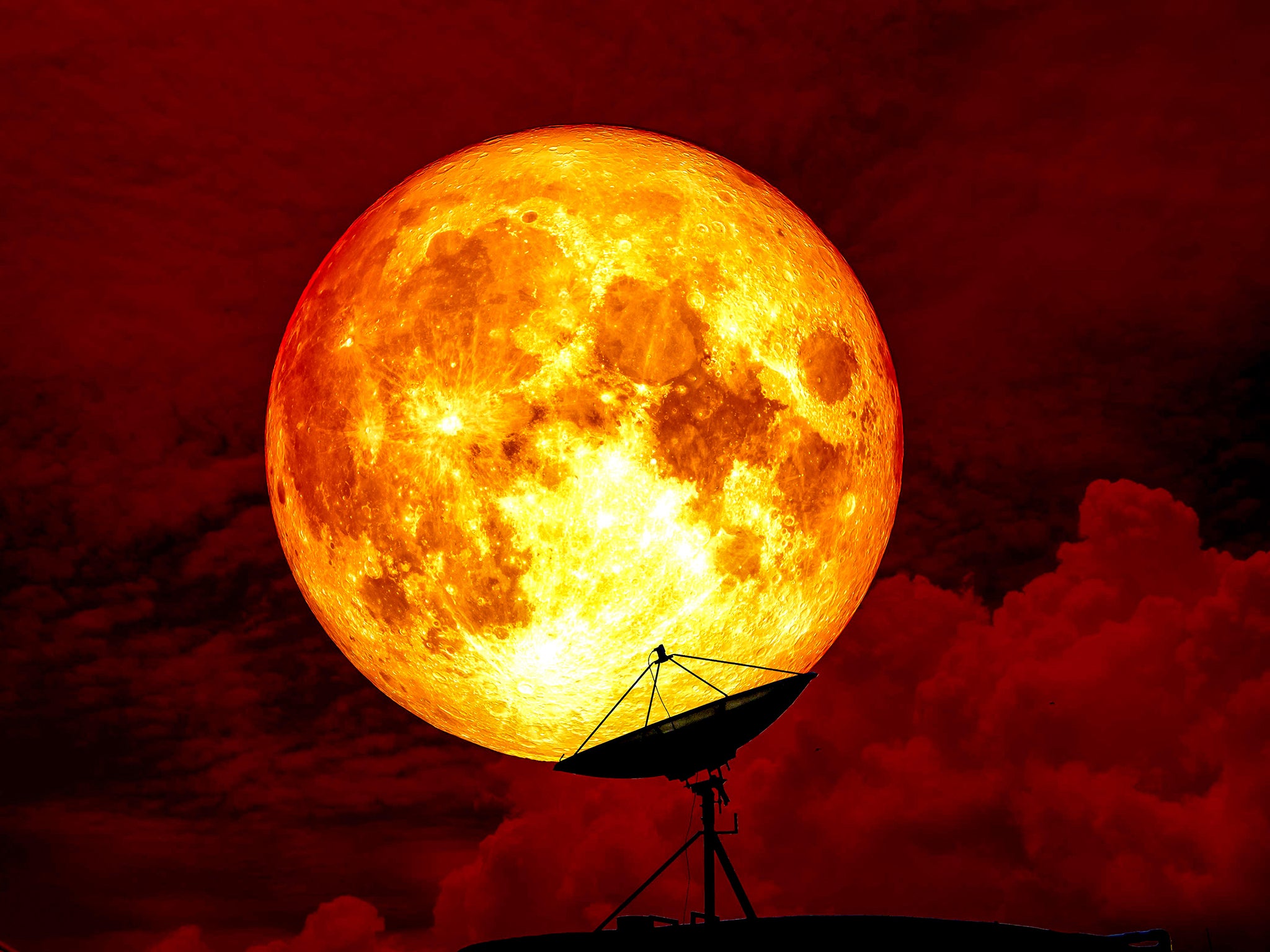Super blue blood moon: End of January to see stunning collision of three lunar sights
The next Supermoon will be remarkable in two different ways, and bring a sight not seen for 150 years

Your support helps us to tell the story
From reproductive rights to climate change to Big Tech, The Independent is on the ground when the story is developing. Whether it's investigating the financials of Elon Musk's pro-Trump PAC or producing our latest documentary, 'The A Word', which shines a light on the American women fighting for reproductive rights, we know how important it is to parse out the facts from the messaging.
At such a critical moment in US history, we need reporters on the ground. Your donation allows us to keep sending journalists to speak to both sides of the story.
The Independent is trusted by Americans across the entire political spectrum. And unlike many other quality news outlets, we choose not to lock Americans out of our reporting and analysis with paywalls. We believe quality journalism should be available to everyone, paid for by those who can afford it.
Your support makes all the difference.The end of this month will see the beginning of one of the moon's most beautiful nights.
The last couple of months have seen some strange evenings for the moon. But it will be 31 January that will be the most dramatic and strange of all, and the one that Nasa is advising people to make sure they catch.
It will be a blood moon, a Supermoon and a total lunar eclipse – all on one night. Some people including Nasa are referring to it as a super blue blood moon, and whatever you call it, it will make for a beautiful, strange night.
Each of the night's different events is rare enough. Together, they've not happened for 150 years.
First, it's a Supermoon, meaning that it will appear larger and as much as 30 per cent brighter than normal. Supermoons are fairly uncommon, and so this moon would be notable in itself – but that's just the beginning.
Even that Supermoon is strange in itself. It's the third of three that have come in a row, after those in December and on New Year's Day.
And second, the full moon that will rise on 31 January is a blue moon. That doesn't actually mean it will look any different – but rather that it's the second time there's been a full moon in a month. That happens just under every three years.
Third – and probably most notable of all – the same night will see a lunar eclipse. That stunning event will lead to the moon turning a deep, rich red, a sight that has led to it being christened the "blood moon".
Unlike the other two bits of the stunning lunar night, this part will only be visible to some parts of the world, since it depends on the alignment of the moon, sun and the Earth. When the lunar eclipse happens, the Pacific Ocean will be facing towards the moon – meaning that places like New Zealand, much of Australia and central and eastern Asia will all get a very good view, with some of the rest of Asia, Eastern Europe and the Middle East getting to see some of it.
The UK, most of Africa and much of the Americas won't get to see anything of the eclipse, since the moon will be hiding around the other side of the world. But you'll obviously know that it's happening, and the view will be streamed live as well as recorded for watching later.
Join our commenting forum
Join thought-provoking conversations, follow other Independent readers and see their replies
0Comments